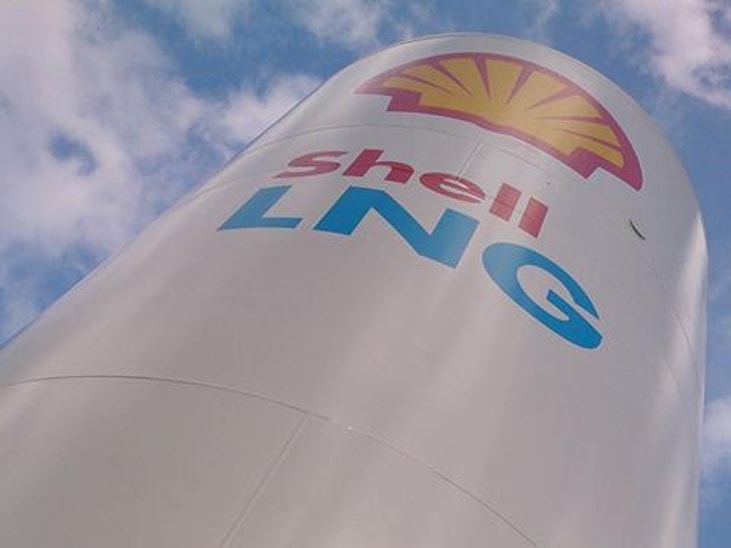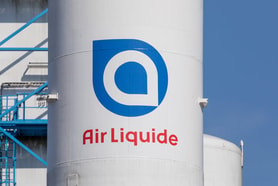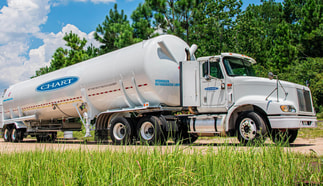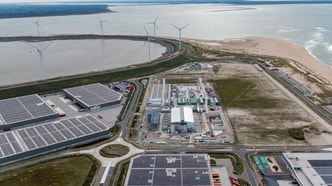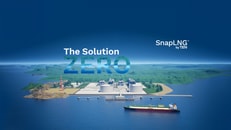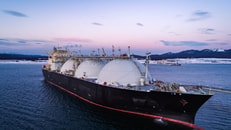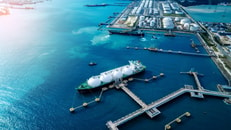Don’t view gas as a transition fuel, argues Shell President
The key role of gas in powering present and future economies means it should not be seen as a transition fuel, according to Cederic Cremers, President of Integrated Gas for Shell.
Speaking at the Gas, LNG and Future of Energy conference in London, he said, “I don’t believe it’s a transition fuel per se. It tends to be an additive story. I don’t think it will be a bridge and then disappear.”
His comments were made in a session exploring the relationship between gas and electrification in the future energy mix. The prevailing narrative is that gas, and LNG in particular, is transitionary and will be phased out once countries fully decarbonise, and renewables and electrification reach scale.
... to continue reading you must be subscribed

